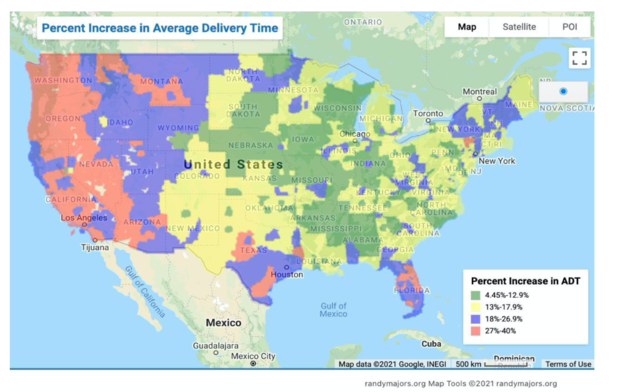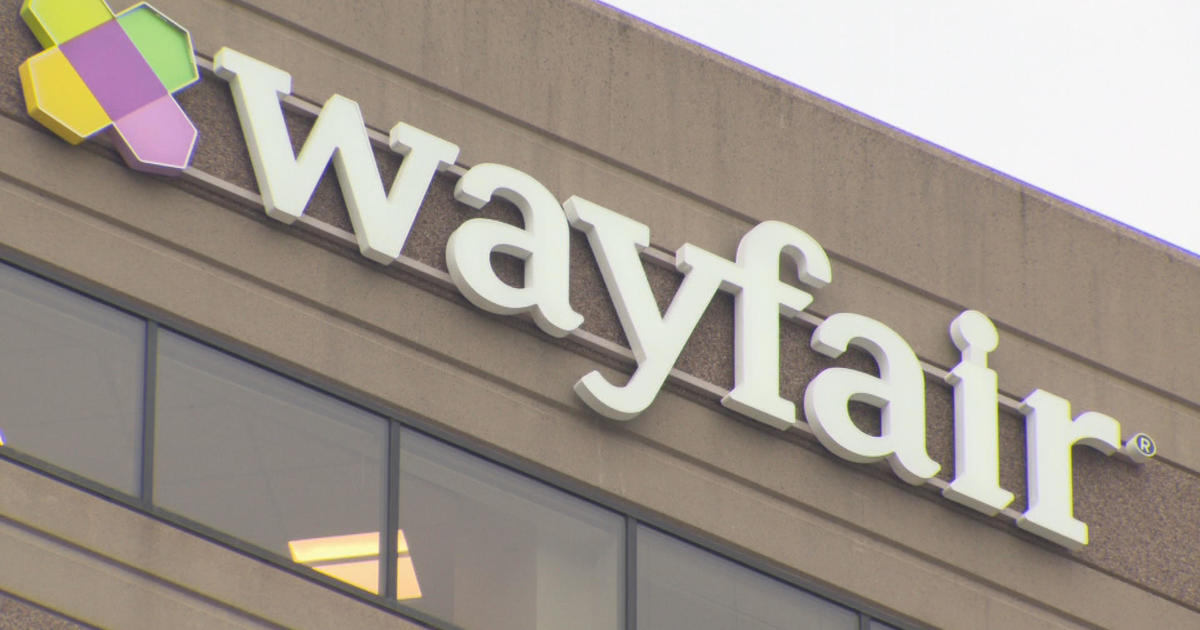Get ready for higher stamp prices in August — and a delivery slowdown
Changes are coming to the U.S. Postal Service, and they might not be entirely welcomed by consumers, who will pay more for stamps starting in late August while potentially facing longer delivery times for mail.
A proposed increase in stamp prices was approved Monday by the Postal Regulatory Commission (PRC), the federal regulator that oversees the postal agency, which found that the higher prices are in line with postal regulations. The USPS said in May that it planned to raise first-class stamps to 58 cents from its current 55 cents. The higher price will kick in on August 29, the USPS told CBS MoneyWatch.
Costlier postage is part of Postmaster Louis DeJoy's plan to stanch billions of dollars in losses and put the agency on the path to profitability. But another part of DeJoy's plan— an effort to slow delivery standards — sparked a host of concerns from the PRC, which pointed out that about 4 out of 10 pieces of mail would take two additional days to reach their recipients.
Critics say the most impacted customers would be in Western states including California and Arizona as well as Florida, Texas and Maine — and potentially have an outsized impact on rural and elderly customers.
While the USPS has argued that the slower delivery standards will save money for the postal service, the PRC said there wasn't evidence that this would actually be the case.
"I do not believe that the Postal Service has proven its case for reducing service standards for all Americans," wrote PRC commissioner Ashley Poling in the report. Poling was nominated to the commission by former President Donald Trump, while DeJoy was appointed by the Postal Service Board of Governors during the Trump administration.
She added, "The plan also fails to provide sufficient evidence to justify exceptionally limited cost savings projections, use of a flawed demand model and unfounded notions that the majority of American citizens and businesses will actually experience increased satisfaction with these sweeping service cuts."
In response to the PRC's report, the USPS said it is "moving forward with our plan" but will review the regulator's recommendations.
"Misguided effort"
A group of 21 state attorneys general last month asked the PRC to reject the USPS' plan to slow deliveries, calling it a "misguided effort" that would harm election mail, mailings of essential documents such as passports and birth and death records and have disproportionate impact on the elderly, rural residents and the disabled. The states joining the petition range from California to North Carolina.
About 7 in 10 letters sent to Nevada will take longer to arrive, according to a Washington Post analysis of the USPS delivery changes. About 6 in 10 pieces of mail sent to Florida, Washington state, Montana, Arizona and Oregon will also experience longer delivery times, the analysis found.
Another analysis from Steve Hutkins, which was published in the PRC's report, suggests that pockets across the nation will suffer from slower delivery times. Hutkins, a retired professor who runs a blog called Save the Post Office, told the regulators that the slower standards would "cause undue discrimination of users of the mail who happen to live in places distant from the country's centers of population."
Given the pushback from multiple states, regulators, customers and observers, it may seem odd that the U.S. Postal Service is pushing forward with its plan to lower delivery standards. According to the USPS, the plan is needed to cut costs while also delivering mail on time under more relaxed requirements.
In other words, the postal service expects that customers would be happier if the service provides on-time delivery within a five-day window, rather than late delivery of some mail within its current three-delay delivery window for for any destination within the continental U.S.
But the PRC noted in its report that the postal service hasn't actually tested that hypothesis, nor asked customers how they value speed of delivery.
"The Postal Service has not demonstrated evidence to substantiate its claim that customer satisfaction will not be materially affected by the proposed changes," the regulatory agency concluded.




